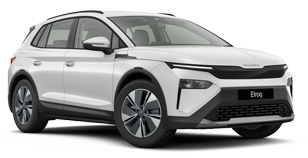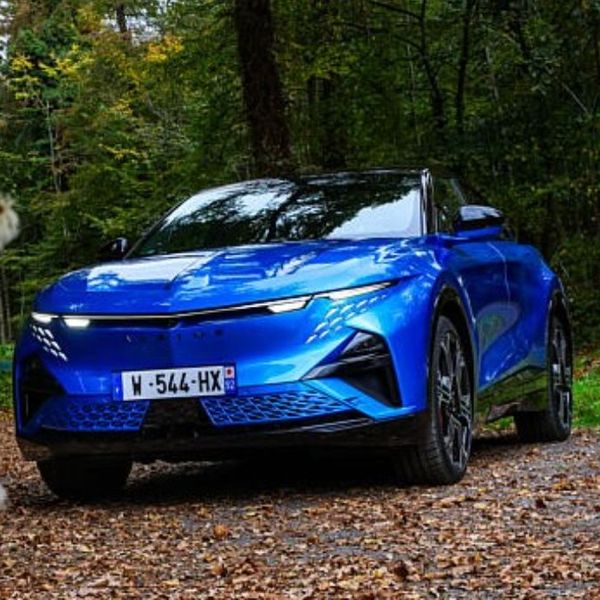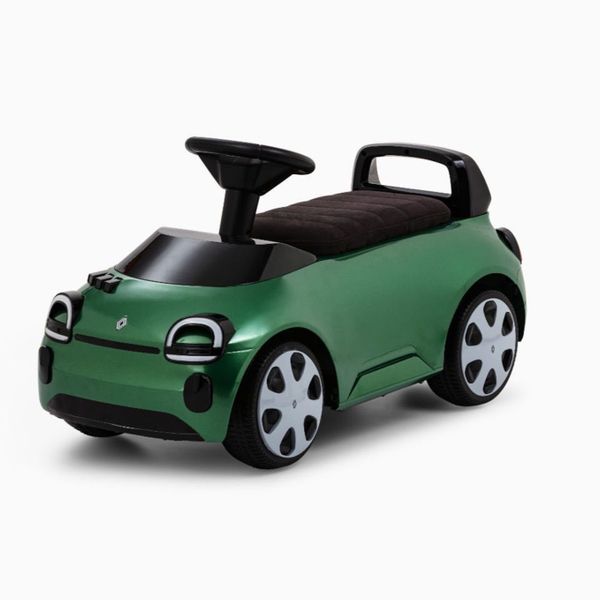Volkswagen ID.2 design
One of the ID. 2all’s biggest talking points is its design which is controversial for being… not remotely controversial. The first all-electric model created under new Head of Design Andreas Mindt, the ID. 2all is considerably more conventional in appearance to its ID. stablemates. In what appears to be a step back into more familiar territory for the brand, the ID. 2all takes inspiration from Volkswagen’s combustion-engined models, incorporating styling cues borrowed from the current Golf and Polo models.
It’s understood that Volkswagen’s earlier ID. Life concept (designed by Josef Kaban), was poorly received and led to the brand’s management team reshuffling its design department, and pursuing a far more conventional look. As a result, the ID.2 has few of the clever design features and styling language seen on the new ID.3 and ID. Buzz. The striking blank grille and indented textures that characterise recent ID. models have been dropped in favour of a more traditional two part grille with a lower air intake. At the rear, the ID.2 features a conventional body colour tailgate (unlike the ID.3’s gloss black design) and a deep light strip that runs the full width of the car.
Volkswagen claims that the ID. 2all’s design is still officially at the concept stage, but given that it features so many production-ready features such as door mirrors and number plate mounts, it’s highly likely that the final model, which will be revealed in two years time, will look the same.
In terms of dimensions, the ID. 2all is 4,050mm long, 1,812mm wide and 1,530mm tall. To put those into perspective, the current Polo is 24mm longer, 61mm narrower and 79mm lower. The ID.2 has a 48mm longer wheelbase, which, combined with the lack of a traditional engine bay, means that the ID.2 is likely to offer considerably more interior space than the Polo.
Unlike the standard MEB-based models - which are rear- and all-wheel drive), the ID.2 features a front-wheel drive layout. By removing the motor assembly from the rear of the car, and turning the space over to luggage room, Volkswagen’s designers have been able to create a huge boot that measures 440-litres with the seats up and 1,330 litres with them folded.
The ID.2’s interior marks a further departure from the ID.3 with a high centre console, BMW-style central control wheel and a more enclosed driving environment. The concept features two large displays; a 12.9-inch main display mounted centrally on the top dash rail and a second 10.9-inch display ahead of the driver. Physical buttons make a welcome return, although these are limited on the concept to switches for the heated seats and temperature. New, metal roller switches on the centre console and steering wheel replace the much-criticised haptic buttons that the brand has struggled to make a success of in the other ID. buttons. Another neat touch is the ability to change the layout of the digital cockpit. If you fancy seeing a set of analogue dials from an original Beetle or a Mk1 Golf instead of the usual array of numbers, just select one of the retro options.
Volkswagen will also introduce a new infotainment system as part of a major overhaul of its vehicle software. Having been stung by criticism of its buggy and slow first-generation systems, the new version (which is set to debut before the ID.2 arrives) is a result of a multi-billion pound investment in technology. Among the new features will be what Volkswagen describes as an ‘Electric Vehicle Route Planner’ which is expected to offer real-time availability of rapid charging stations.
![]() ID.2 cabin sees the welcome return of physical buttons along with larger infotainment displays
ID.2 cabin sees the welcome return of physical buttons along with larger infotainment displays  Volkswagen will ditch many of the bolder design elements seen on the ID.3 and ID.4 for its entry-level model
Volkswagen will ditch many of the bolder design elements seen on the ID.3 and ID.4 for its entry-level model 

















